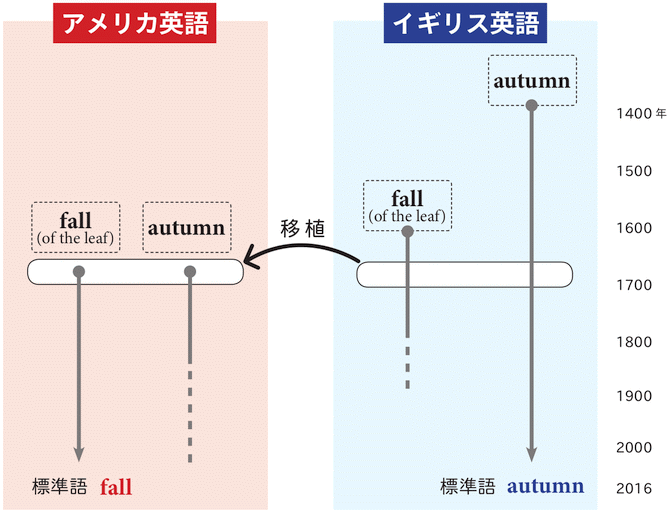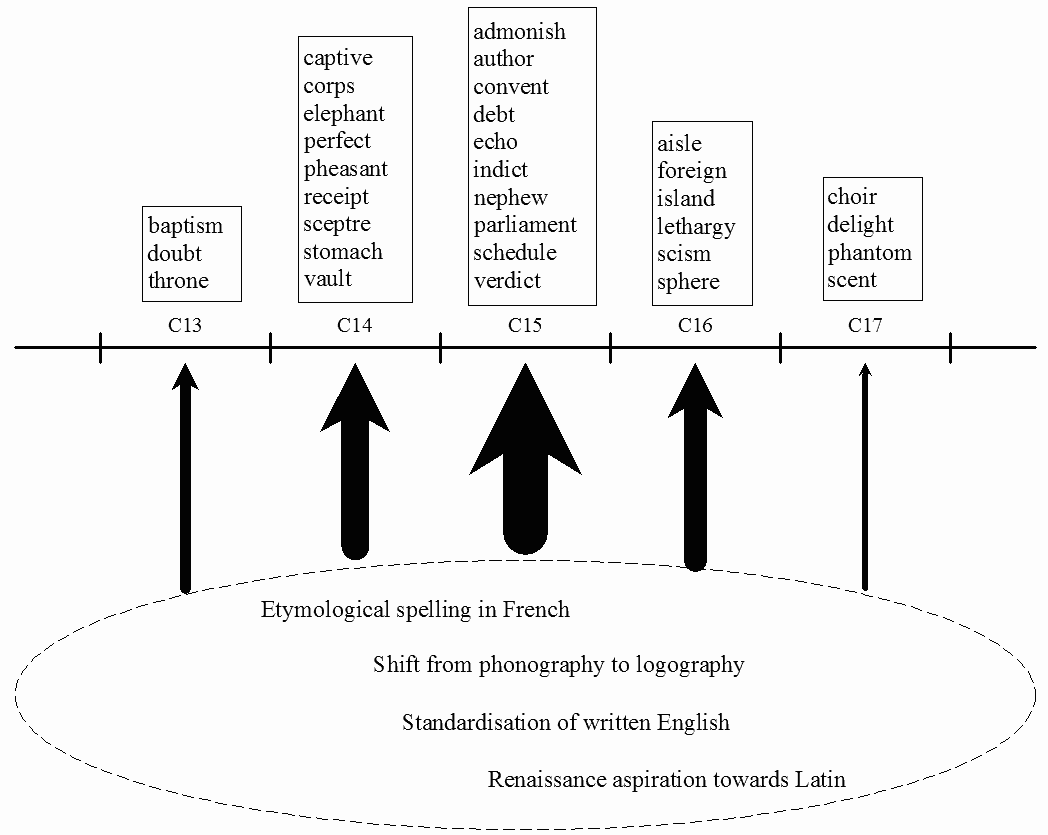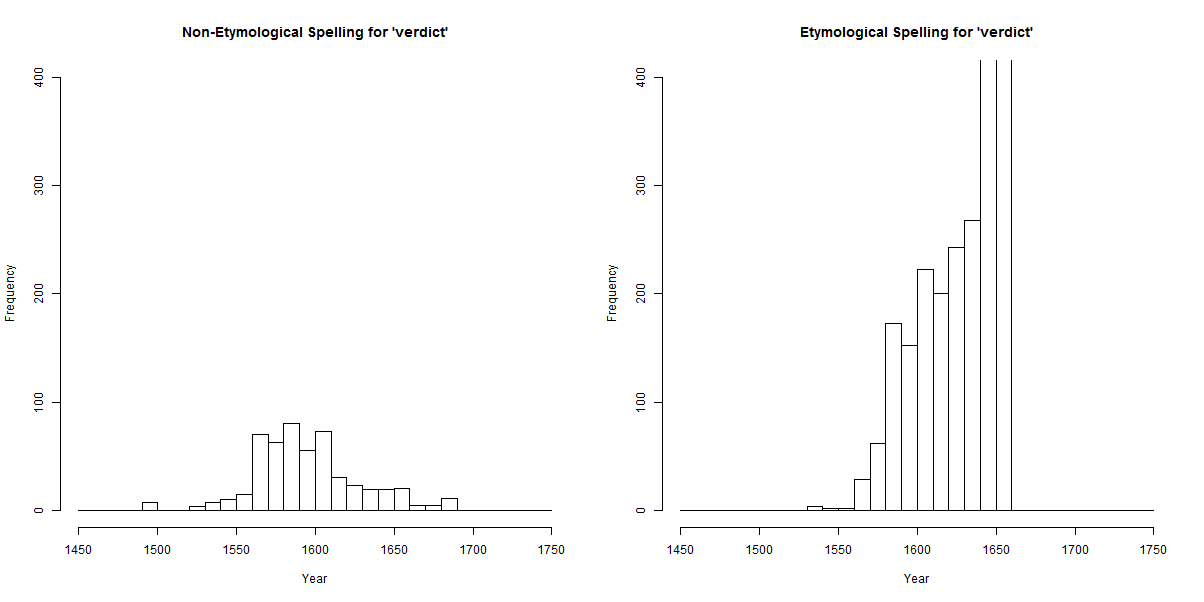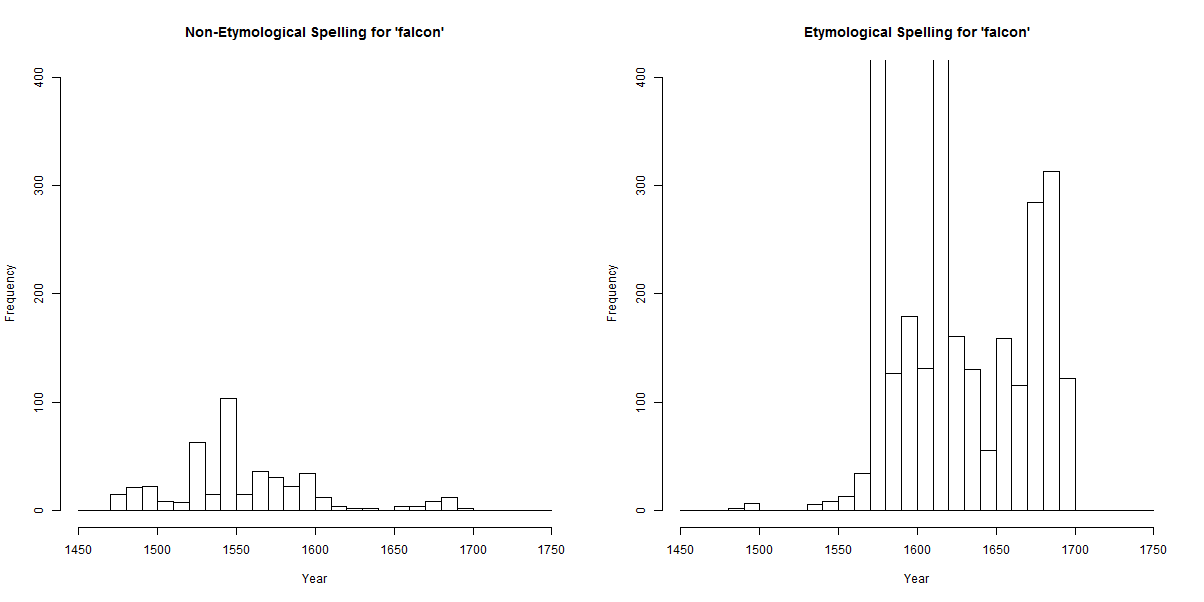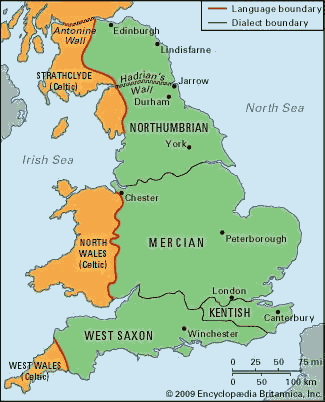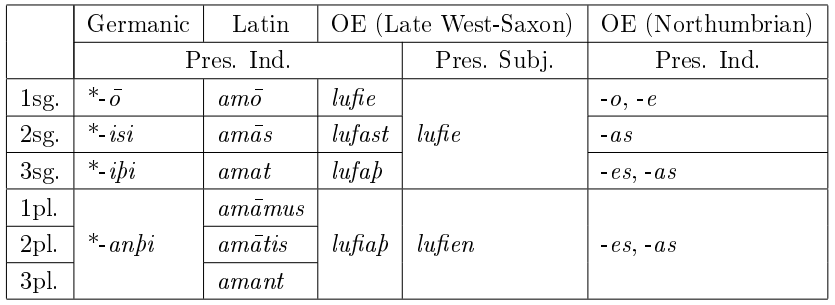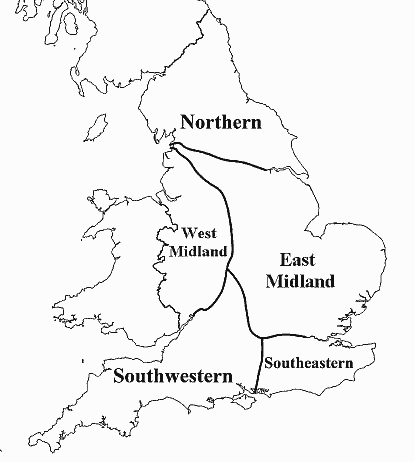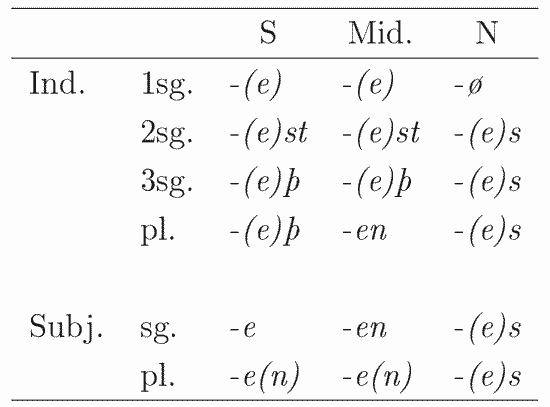「言語と人間」研究会 (HLC) 第43回春季セミナー 「ことばにとって『良さ』とは何か」
「良い英語」としての標準英語の発達
--- 語彙,綴字,文法を通時的・複線的に追う---
2018年3月4日
堀田 隆一 (慶應義塾大学)
「hellog〜英語史ブログ」 url: http://user.keio.ac.jp/~rhotta/hellog/
標準英語 (Standard English) とは? (#1396)
The dialect of English which is normally used in writing, is spoken by educated native speakers, and is taught to non-native speakers studying the language. There is no single accent associated with this dialect, but the lexicon and grammar of the dialect have been subject to codification in numerous dictionaries and grammars of the English language. Standard English is a polycentric standard variety, with English, Scottish, American, Australian and other standard varieties differing somewhat from one another. All other dialects can be referred to collectively as nonstandard English. (Trudgill)
英語の標準化サイクル
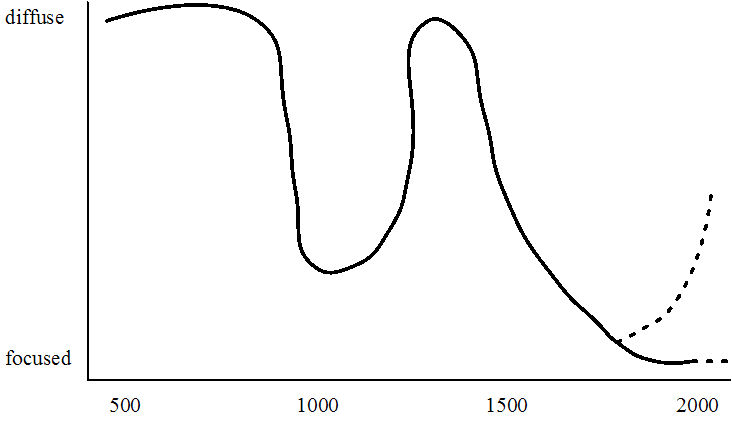
diffuse vs focused (#3207):
Diffuse linguistic communities tend to be those where little standardisation or codification have taken place, where there is relatively little agreement about norms of usage, where speakers show little concern for marking off their language variety from other varieties, and where they may accord relatively little importance even to what their language is called. (Trudgill)
admonish, advance, advantage, adventure, advice, aisle, amethyst, anthem, apothecary, assault, author, authority, baptism, captive, cauldron, choir, choler, cognizance, convent, corps, could, debt, delight, describe, diphthong, doubt, echo, elephant, endorse, eunuch, falcon, fault, foreign, harmony, heresy, hymn, indict, island, language, lethargy, nephew, orthography, parliament, perfect, phantasm, phantom, pheasant, receipt, rhyme, salmon, scent, sceptre, schedule, schism, scissors, scythe, sovereign, sphere, stomach, subtle, throne, thyme, tongue, vault, verdict, victual, etc.



